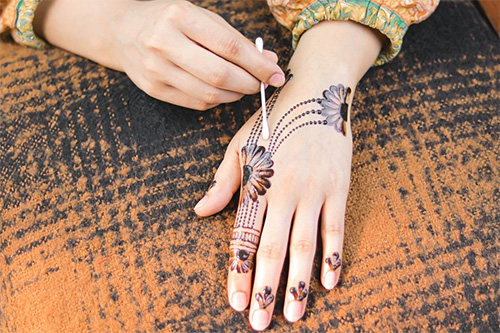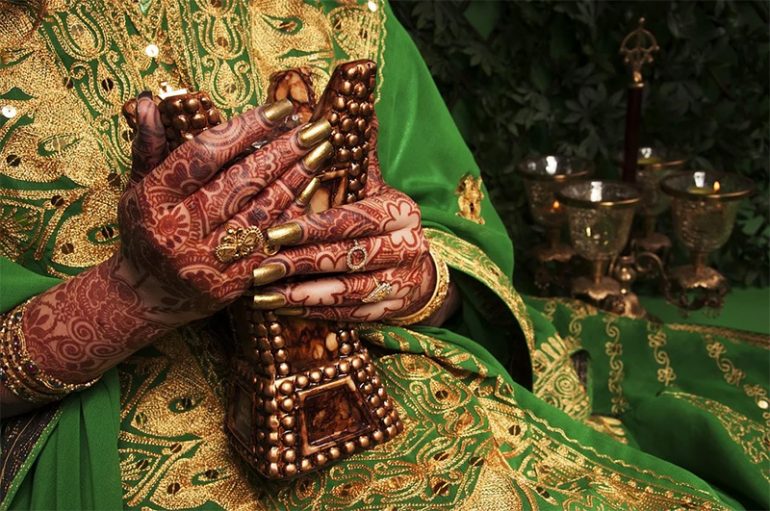Henna is a form of body art that has been around for many centuries now. Indians and Egyptians utilized this as a temporary tattoo for wedding festivals, religious ceremonies, or as body design.
Henna: What is it?
Henna is known as a plant that thrives in areas where tropical climates are common, such as southern Asia, northern Australia, and Africa. The pigment of its leaves is called lawsone, and when combined with proteins, it can result in staining. Due to this staining capacity, Henna is popularly used for making body art and drying the hair.
History of Mehandi
It is believed that Mehandi came from the Indian deserts when the dwellers there found out that coating their feet and hands using a colored paste made from Henna plant gave them a cooling feeling. One creative person started drawing artistic designs using the colored paste rather than directly applying it on. The comprehensive designs became popular until meanings were derived from it. It became a part of the wedding rituals, and brides started decorating their hands and feet using Henna. Other Mehandi traditions include tattooing women’s hands at childbirth and weddings. The tattoos were also believed to bring good luck and blessings.

What are the Health Risks of using Henna for body art?
The Food and Drug Administration or FDA only approved the use of Henna on the hair. It has not been recommended to be utilized on the skin. Even if Henna is considered as a natural substance, making body art using it can result in complications. The most well-known health hazard is contact dermatitis. This is due to the dangerous additives added to the Henna to create various colors. In fact, black Henna comes with a coloring additive that can trigger an allergic reaction to many people.
Other Information about Henna Tattoo
Utilizing Henna to make body art has been around for more than 5000 years. It is a tradition that is honored by many cultures in different parts of the world. The intricate style can represent life passages, or they can also be tattooed for aesthetic purposes.
Many people also prefer henna tattoo compared to traditional tattoo since it is less painful, and it can only stay for a specific period of time. Temporary tattoo is more appealing to most people since it gives them the chance to alter the designs from time to time. However, this doesn’t mean that applying a henna tattoo is fast and easy. Just like a regular tattoo, it might take a long time to apply, especially if the artist will draw the design freestyle.
The same way as a regular tattoo, aftercare is essential when you have a henna tattoo. See to it that you keep your fresh henna tattoo sealed for 12 hours, allowing the beautiful dark color to build up and stay in place. Avoid getting it wet during the first day and stay away from detergents, oils, or bleach. With proper care, a henna tattoo can last for a couple of weeks.
Photo Attribution:
1st and featured image from https://pixabay.com/photos/mehndi-designs-henna-bride-design-1745049/
2nd image from https://pixabay.com/photos/art-artist-beautiful-beauty-body-5105381/
